Will anyone be able to figure out American health care? So far, perhaps the world’s most byzantine arrangement of doctors, hospitals, clinics, contractors, pharmaceutical companies, private insurers, public insurers, medical schools, nursing homes, and dozens of other stakeholders has been less a coherent system than a collection of discount-furniture bits and pieces thrown on a floor with no instructions for assembly. Each individual piece usually works well and America’s doctors especially do pretty good jobs—that’s why they earn the big bucks—but fusing these disparate components to make a coherent health economy has often looked more like alchemy than science.
The Affordable Care Act has been the most recent attempt at transmuting the pieces of health care into a well-functioning whole. Recent news, however, including Aetna’s sudden exit from states’ health-insurance exchanges and forecasts of a spike in insurance premiums, has cast serious doubt on the chances of that undertaking succeeding. Is this turbulence to be expected or is it a sign that Obamacare is buckling under the strain of impossibility?
American health-care reform has always struggled to align two concepts that tend to be inversely related: access and affordability. Care is expensive to provide, but it doesn’t quite adhere to classic supply and demand curves for a number of reasons, including the fact that health insurance shields most patients from direct costs and because the government is so heavily involved in the market. Insurance is usually a good thing for patients, though, because it is the only thing that allows many Americans to afford even some basic health services without going bankrupt.
Read the full article here.
